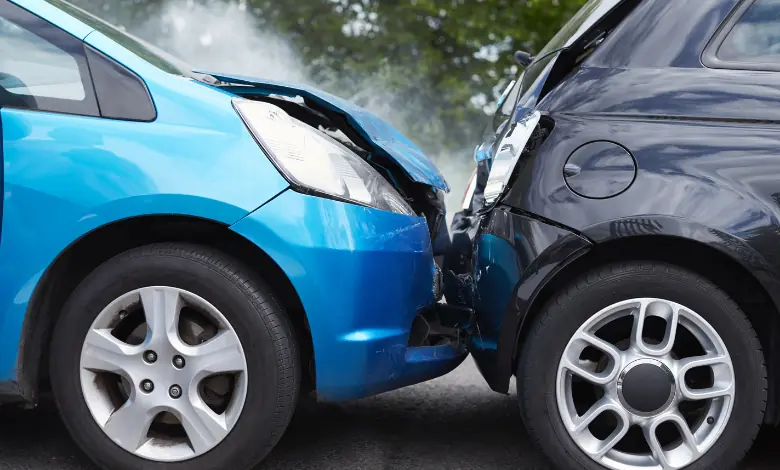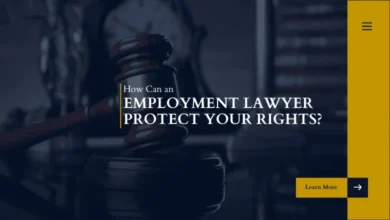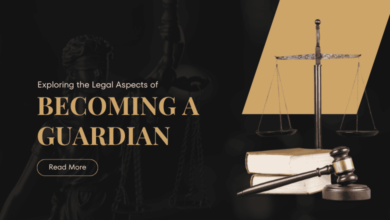Understanding Liability in Rear-End Collision Cases

Navigating the aftermath of a rear-end collision can be a daunting experience, especially regarding legal matters like liability and compensation. One of the key aspects of any car accident case is determining who is at fault and understanding the various elements that can affect your right to rear-end collision damage compensation. This comprehensive guide will walk you through what you need to know about liability in rear-end collision cases, helping to clarify the process and what you can expect.
The Basics of Rear-End Collision Liability
Typically, in rear-end collisions, the driver who crashes into the back of another vehicle is considered at fault. This is based on the rule of the road that drivers should maintain a safe distance from the vehicle ahead to stop safely and avoid a collision. However, there are exceptions where the leading driver may be partly or wholly at fault, such as if they had non-functioning brake lights or reversed suddenly.
Documenting the Accident
After a rear-end collision, gathering as much evidence as possible is important. This includes taking photos of the scene, your vehicle, and the other vehicle involved in the accident. You should also collect the contact information of witnesses and the other driver. A police report can be a valuable piece of evidence as it provides an official record of the accident and may include the officer’s assessment of fault.
Seeking Medical Attention
Even if you feel fine after a rear-end collision, seeking medical attention is crucial. Some injuries, like whiplash, may not be immediately apparent. Medical records are key evidence in proving the extent and cause of your injuries and are essential when seeking compensation. Delaying medical treatment can not only be detrimental to your health but also affect the credibility of your injury claim.
Understanding Comparative Fault
Some states use comparative fault, which can affect compensation in rear-end collisions. Under this system, each driver involved is assigned a percentage of fault, which can impact the amount of compensation you can receive. For instance, if you are found to be 20% at fault for the accident, your compensation could be reduced by 20%.
Dealing With Insurance Companies
Insurance companies play a significant role in the process of obtaining compensation. It’s important to communicate carefully with insurance adjusters and avoid admitting fault or giving detailed statements without legal advice. Insurance companies are often more concerned with reducing payouts than providing fair compensation.
Calculating Damages
The compensation for rear-end collision damage can include various damages, such as vehicle repair costs, medical expenses, lost wages, and pain and suffering. Calculating the total cost of these damages accurately is vital in ensuring you receive fair compensation. This may require the assistance of professionals to estimate the future costs of injuries and ongoing care.
The Role of an Attorney
An experienced attorney can be invaluable in rear-end collision cases. They can help you navigate the complex legal system, deal with insurance companies, and ensure you receive fair compensation. They understand the intricacies of proving fault and can represent you in negotiations or court if necessary.
Negotiating a Settlement
Most rear-end collision cases are resolved through a settlement before going to trial. A good settlement should cover all your expenses and compensate you for any pain and suffering. Negotiating a settlement can be complex, and having an attorney represent you can often result in a better outcome.
The Possibility of Going to Trial
Your case may go to trial if a fair settlement cannot be reached. All evidence of the accident and injuries will be presented in court before a judge or jury. Going to trial can be longer and more complex, but it sometimes results in higher compensation.
After the Claim
Once your claim is settled or a court decision is made, there are still steps to take. This might include arranging the payment of settlements and dealing with any financial issues arising from the time you were injured, such as managing debts incurred due to lost wages.
Understanding liability in rear-end collision cases is crucial for anyone seeking compensation. It’s a process that involves gathering evidence, understanding the laws of fault, dealing with insurance companies, and possibly negotiating a settlement or going to trial. With the right information and legal assistance, you can navigate this process effectively to ensure you receive the compensation you need to recover and move forward from the accident.






